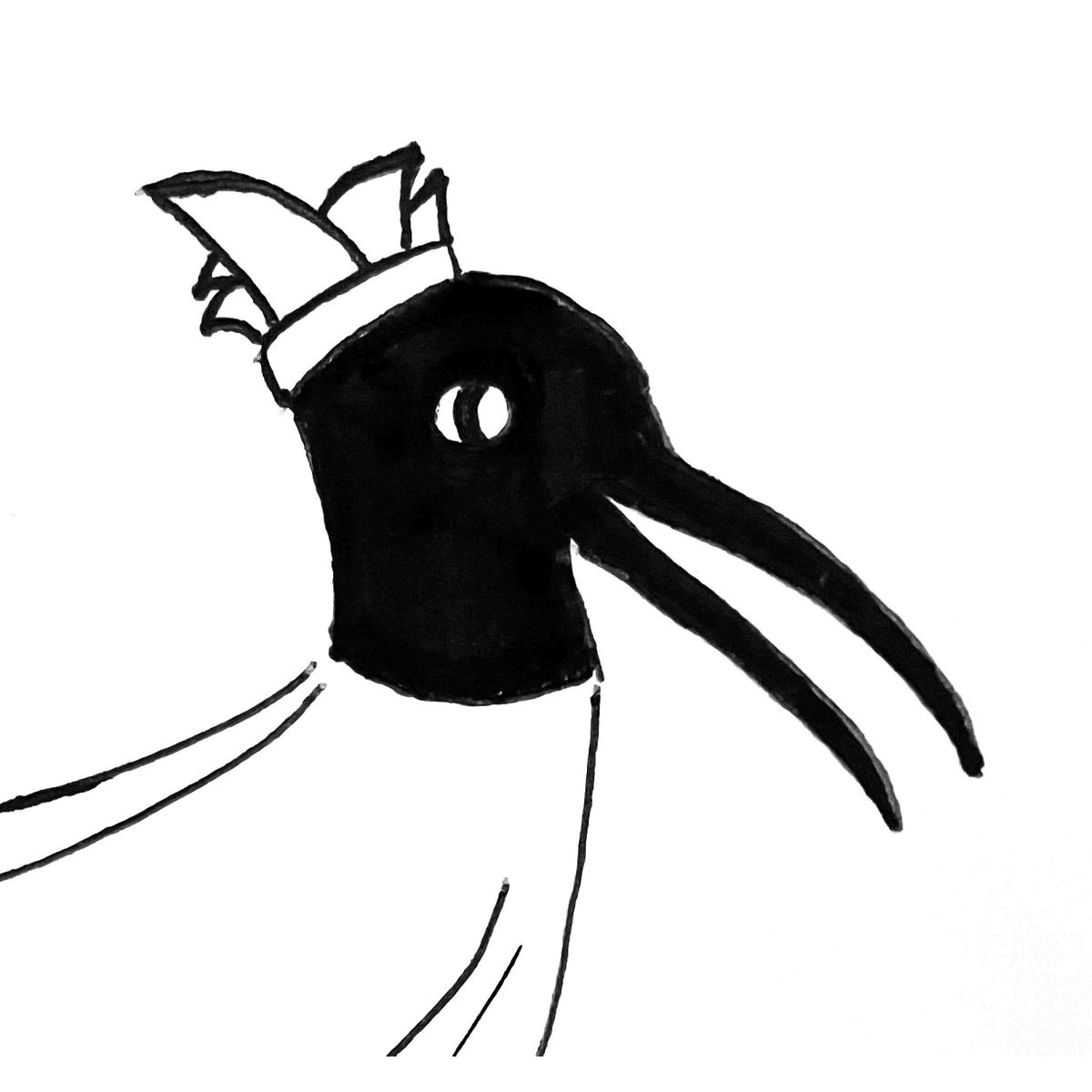Gift to the world - embodiment of the merantau tradition.
Massaman, bò kho, gulyás, boeuf bourguignon, befstróganov, key wot, and ropa vieja, all form a beautiful analogy of human alikeness. Sure there’s the Smithsonian magazine, countless celebrity quotes, and a child’s unblemished worldview to remind us that race is a social construct. But what more than slow-cooked beef as evidence? From at least the Paleolithic Ages humanity has set parts of a cow (aurochs back then) into pots over fire. And waited. The end results vary as the rains, soils and mercury do, but the homogenous link is that they are all fortifying dishes. Mind, body and soul.
Of all bovine tributes, arguably there is one to rule them all.

The extremely mobile Minangkabau are known for merantau - which involves “wandering” outside their land in pursuit of work and opportunity.
1278 clicks from the grey megalopolis that is Jakarta lies Padang, capital of West Sumatra. The province is a hotbed for political powerhouses and cultural influencers that have shaped the course of modern Indonesian history. Home to the Minangkabau, one of the major ethnic groups of Indonesia, it is also the largest continuing matrilineal society in the world. The extremely mobile Minangkabau are known for merantau - which involves “wandering” outside their land in pursuit of work and opportunity.
Once in Padang, a serpentine one-lane highway hustles you out through mist and diesel until you’re delivered to rolling highlands. Enter Payakumbuh, capital of Lima Puluh Kota regency (which literally translates to '50 cities'). It is here in this humble, volcanic soil-rich town that a culinary and cultural tour de force was born - rendang. From Payakumbuh to the world, rendang embodies the Minangkabau merantau tradition. Since the 15th century, rendang’s tenacious 'best before' date has meant that it is the undisputed road trip food of choice. Comically averse to food other than their own, Minangkabau people always pack rendang for any voyage - from three day business trips, to Hajj. Ticket - check. Passport - check. Rendang - check.
In many more ways, rendang is one of the cornerstones of Minangkabau culture. A guaranteed fixture at ceremonies celebrating anything from Khatam Al Koran to weddings, its preparation represents an important social ritual as it demands the labour of dozens of hands and chatty mouths. It is a taxing process requiring roughly four hours of supervision over woodfire as well as the painstaking job of extracting coconut milk.

The verb merendang actually refers to the slow-cooking process
Before we get further into this rendang however, rewind a couple of hours and kalio is what we might call the 'half-way' rendang - this is what Australians conceptualise as rendang. Still retaining the mole-esque brown colour, its structural composition is more like a typical curry with caramel notes. Keep cooking and you get to rendang (see photos below). The verb merendang actually refers to the slow-cooking process, simmering over a low to medium flame. Oscillating towards black, it is rough in texture and the key ingredients (red chilli, ginger, galangal, shallots, garlic, lime leaves, turmeric leaves, bay leaves, and lemongrass) have matured - edgier and bolder. Having assimilated all the spices and aromatics, the coconut milk dries up and reduces to a rich, muddy paste. This paste, or kuah, is the heart of the dish. Laden with compact, robust and delicate flavours, it only takes a small portion of this lavish extract to combat a mound of rice. The reason why rendang is the regal ruler of all slow cooked beef - kuah.

Ibis Award: Three
If you are low on faith in humanity, a trip to West Sumatra should definitely be considered. Witness a masterclass of community cohesion and manual food preparation. A superb rendang even somewhere in Australia is definitely worth that special trip. Find out where by following our instagram.
Ibis Tip: Prepare to be scoffed at if you reveal you cook rendang with gas. Not just the rendang, but the rice and drinking water are all cooked by woodfire - it makes a world of difference.
Ibis Tip: Because of the antimicrobial properties in the spices, traditionally cooked rendang can be kept unrefrigerated for up to 8-10 weeks (if heated up periodically). On a typical household table in West Sumatra, there might be up to three renditions (cooked yesterday, last week, and three weeks ago). The more it ages, the more the beef becomes like jerky. Choose your fighter!











Comments